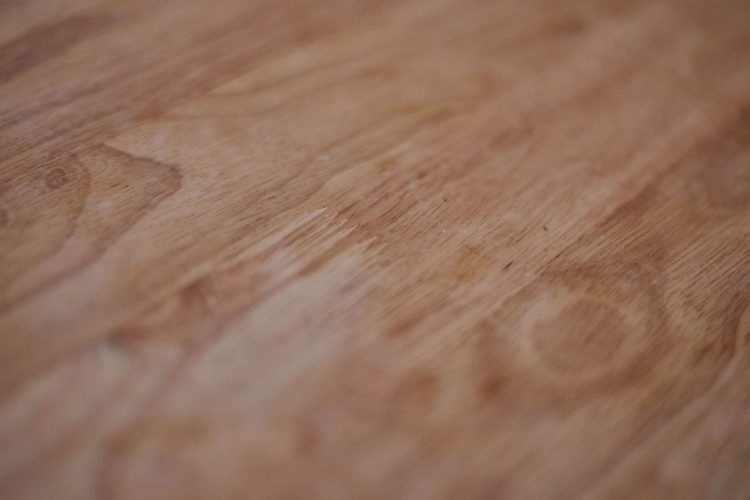Adam Mitchell, Mr. T Carting Resource Manager
Remember the Super Bowl commercial where Pete Davidson got tackled? Hellman’s focused on food reuse, sending Jerod Mayo after some unsuspecting food-wasters. Don’t worry, we’re not going to send a linebacker after you if you forget to compost your 2-day-old dip. Here are 4 materials that people and businesses use daily and habits & techniques you can use to reduce and reuse them.

Food
By far the most commonly wasted commodity. The USDA estimates that 31 percent of food is lost at retail and consumer levels. Composting is an increasingly viable strategy for diverting food from landfills. Food that is buried in a landfill still decomposes. But without oxygen, it goes through a process called anaerobic digestion. This process transforms bio matter into harmful gasses including methane, that is 80 times more potent at warming our climate that carbon dioxide a . Food waste starts when uneaten food is discarded from homes and restaurants. While there are a variety of reasons why this may happen, there are solutions that businesses can use to reduce the amount of food that goes uneaten:
-Donate unexpired non-perishables that you haven’t used in a while. If you don’t think you’re going to eat or sell that can of kidney beans from 2020, you can donate it to charities like City Harvest and Rescuing Leftover Cuisine.
-Regularly clean your fridges and food areas. There’s nothing worse than discovering month-old expired produce. Checking in every week will remind you of what you need to sell or eat, and will cut down on wasted food.
-Keep a list of what you buy each week. By crossing out ingredients when they’ve been used, you can keep track of what’s left–and what you don’t need to buy more of.

Clothes
The fashion & clothing industry is a notoriously wasteful industry. In 2018, only 14.7 percent of textiles were recycled. Fashions change weekly, and old clothes are often discarded when they should be reused. There are clothes graveyards that are host to hundreds of thousands of unworn garments. Many clothes undergo toxic chemical processes when they’re being made. And some contain microplastics that seep into the environment when they’re discarded.
-Clothes with minor holes or tears can be fixed! If you don’t know how, local tailors are an affordable way to get use out of old material.
-Sell your clothes to a thrift shop. While they won’t take everything, it can be a nice way to make some cash while helping the planet
-If you can’t sell them, donate your clothes to locations like Goodwill or Housing Works. In rural areas, there are often clothes donation boxes that serve a similar purpose.
-Tear up old t-shirts to use as rags. Clothes don’t have to be clothes! Help your old attire find new life as dish towels, curtains, or even to repair other clothes.

Furniture
Who hasn’t seen a table set out for collection as garbage on the curb and pondered, “this would look great in my kitchen”? While there is a robust reuse culture in NYC, a lot of furniture still ends up in the trash. Furniture and furnishings made up 4.1 percent of ALL US municipal solid waste in 2018, and it takes a huge amount of resources to create. By reusing and giving away old furniture, consumers can reduce the amount of new furniture being purchased.
-Join your local Buy Nothing group. This community is all about giving stuff away for free. You can even find new old furniture if you’re looking to change things up.
-Repurpose your broken furniture. Dressers can become bookshelves. Indoor chairs can become outdoor chairs. Pretty much anything can become a planter.
-Have a garage sale! If you don’t have enough stuff, partner with a few friends or neighbors. You never know who’ll find value in your old furniture.
-Sign up for FreeCycle.org to list items you think others may want and find free stuff!

Tech
How many smartphones have you used in your life? In 2021, over 294 million people in the US used a smartphone. With new models coming out every year, the temptation to spring for the newest model can be very real. Smartphones and computers are full of rare earth metals that are complicated to recycle and can be toxic or explosive when put in a landfill.
-Bring your phone to a retailer. Many companies have buyback programs, especially when upgrading to a new phone. Just be sure to save all your files before upgrading!
-Donate your phone! There are many charities that will refurbish or resell donated phones.
-DO NOT throw it out. Phones run on lithium-ion batteries. If these batteries are not disposed of properly, they can cause fires, damage equipment, and put workers in danger. You can read more about safety concerns and safe disposal of rechargeable batteries on our blog.
Many of these tips are aimed to help reduce & reuse materials at the individual level. But businesses can utilize the same practices. Offices can donate old furniture and technology. Textile industries can use best practices to reduce the environmental impact of chemicals and material waste. Food sellers can partner with apps like Food for All to donate surplus (or close-to expiring) through programs like Rescuing Leftover Cuisine or City Harvest.
Remembering each and every way to reduce, reuse and recycle materials can get exhausting. Mr. T’s Recycle it Right tool is designed to help users quickly find out how to dispose of any items they might have. Simply type in what you’ve got and the tool will tell you where and how to safely and sustainable get rid of it.
To learn more about Mr. T Carting’s Services, please visit us online at www.MrTCarting.com, email us at CustomerService@MrTCarting.com, or call us at (718) 821-9706.
Mr. T Carting Corporation, 73-10 Edsall Ave, Glendale, NY 11385, BIC # 173
